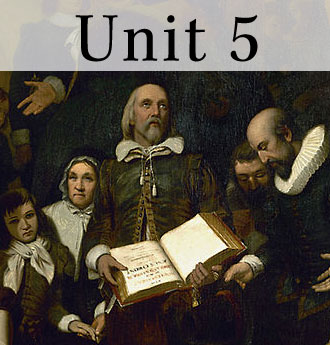Unit 5: What Rights Does the Bill of Rights Protect?
The Bill of Rights commonly refers to the first ten amendments to the U.S. Constitution. The Bill of Rights contains twenty-seven provisions that protect a variety of rights and freedoms. Originally the Bill of Rights protected individuals only from the misuse or abuse of power by the national government. Through the process of selective incorporation (see Lesson 18) the U.S. Supreme Court has ruled that most of the rights in the Bill of Rights also protect individuals from the misuse or abuse of power by state governments.A few provisions of the Bill of Rights no longer seem very important. The Third Amendment protection against the involuntary quartering of soldiers in civilian homes in time of peace is one example. Other provisions, such as First Amendment protection of freedom of expression and procedural protections of individuals in the Fourth and Fifth Amendments, have become more important since 1791, when they took effect.
A number of important rights also are included in the body of the Constitution and in constitutional amendments added after the Bill of Rights, as discussed in Lessons 15 and 17. Together, these rights sometimes have been called the "extended Bill of Rights."
After studying this unit, you should have a better understanding of why the rights contained in the body of the Constitution, the Bill of Rights, and subsequent amendments are so important to Americans, and why the interpretation and application of these rights often is controversial.
-
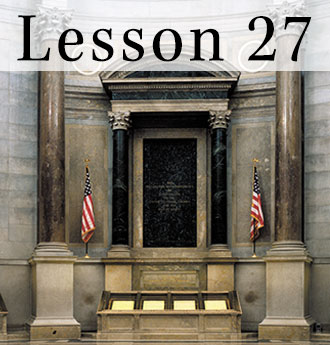 Lesson 27: What Are Bills of Rights and What Kinds of Rights Does the U.S. Bill of Rights Protect?
Lesson 27: What Are Bills of Rights and What Kinds of Rights Does the U.S. Bill of Rights Protect? -
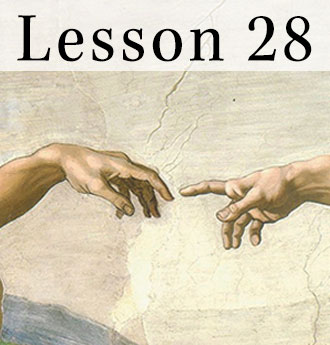 Lesson 28: How Does the First Amendment Affect the Establishment and Free Exercise of Religion?
Lesson 28: How Does the First Amendment Affect the Establishment and Free Exercise of Religion? -
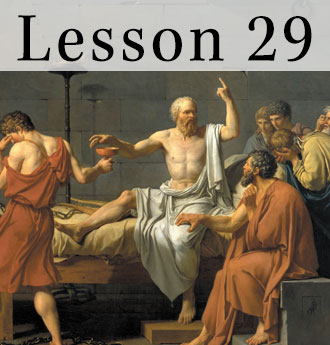 Lesson 29: How Does the First Amendment Protect Free Expression?
Lesson 29: How Does the First Amendment Protect Free Expression? -
 Lesson 30: How Does the First Amendment Protect Freedom to Assemble, Petition, and Associate?
Lesson 30: How Does the First Amendment Protect Freedom to Assemble, Petition, and Associate? -
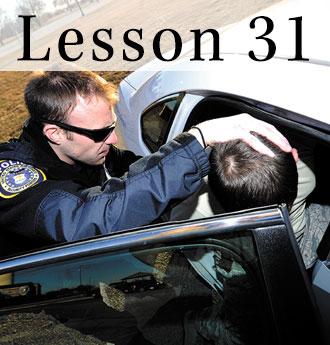 Lesson 31: How Do the Fourth and Fifth Amendments Protect against Unreasonable Law Enforcement Procedures?
Lesson 31: How Do the Fourth and Fifth Amendments Protect against Unreasonable Law Enforcement Procedures? -
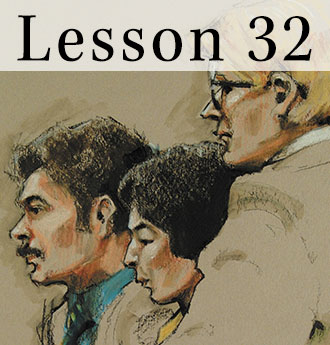 Lesson 32: How Do the Fifth, Sixth, and Eighth Amendments Protect Rights within the Judicial System?
Lesson 32: How Do the Fifth, Sixth, and Eighth Amendments Protect Rights within the Judicial System? -

